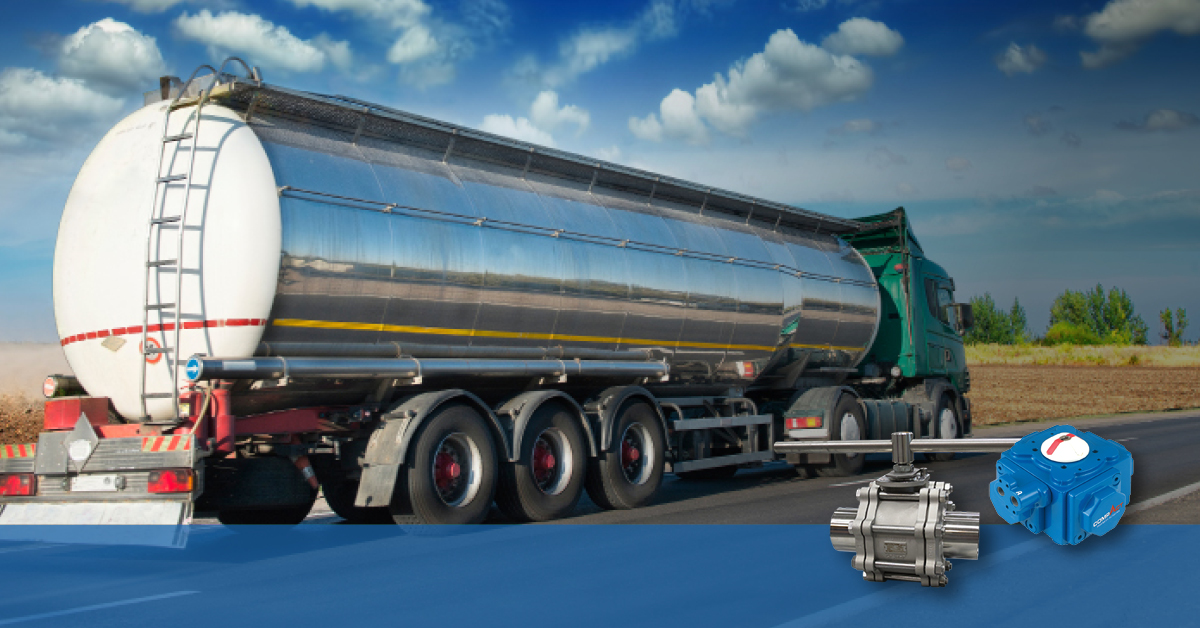Hydraulic systems are used to lift implements, such as plows; to change the position of implement components, such as a combine header or bulldozer blade; to operate remote hydraulic motors, and to assist steering and braking. To do their work, hydraulic systems must store fluid under high pressure, typically 2,000 pounds or more per square inch.

Hydraulic equipment and systems are designed to accomplish work using confined liquid pressure to produce a greater mechanical force. The operators/ maintenance crews are subjected to hazards from high pressure liquids and large mechanical forces.
Assuming the products selected are meeting the system performance requirements in terms of Material, Size, Tolerance and Compatibility there are yet a few factors that can cause Hydraulic System Safety to be Compromised.
Injury Hazards
Various hazards can lead to injury in a hydraulic system. Some of the hazards can cause injury while the others can cause injury as well as financial implications. Let us take some time to browse upon such incidental occurrences. One hazard comes from removing or adjusting components without releasing the pressure. The fluid, under tremendous pressure, is also hot. The worker then is exposed to three kinds of hazards:
- Burns from hot,
- High-pressure fluid;
- Bruises, cuts or abrasions from flailing hydraulic lines.
It is advised to bleed the hydraulic system using a designed bleeding
Pinhole Leak Injuries

Probably the most common injury associated with hydraulic systems is the result of pinhole leaks in hoses. These leaks are difficult to locate. A person may notice a damp, oily, dirty place near a hydraulic line. Not seeing the leak, the person runs a hand or finger along the line to find it.
When the pinhole is reached, the fluid easily can be injected into the skin as if from a hypodermic syringe. Injuries from Pinhole Leaks can be painful and can lead to digit or limb disfigurement. It is advised to take all necessary precautions to avoid such an occurrence.
Bleed Injury
Bleeding a system for its pressure is highly recommended to be done offline. Bleeding a system while it is pressurized can be catastrophic and highly injury prone. The nature of any pressurized system while releasing pressure is relatively unpredictable. In such a scenario it is advised to use proper tools and recommended procedures to minimize the probability of any incident that can cause damage.
 A Bleed fitting is recommended to be used under circumstances where space constraint is a challenge. While undoing hose connections, the use of a redundant circuit or a system bleed is desirable at the time of design. Accurate installation procedures coupled with a good design not only increases the life of your system but also assures optimum performance when critically needed.
A Bleed fitting is recommended to be used under circumstances where space constraint is a challenge. While undoing hose connections, the use of a redundant circuit or a system bleed is desirable at the time of design. Accurate installation procedures coupled with a good design not only increases the life of your system but also assures optimum performance when critically needed.
Improper Coupling

Another hazard is improper coupling of low-and high-pressure hydraulic components. Do not connect a high-pressure pump to a low-pressure system. A low-pressure component, hose or fitting should not be incorporated into a high-pressure system. Component, hose or fitting ruptures are likely to occur.
Pressure relief valves incorporated into the hydraulic system will avoid pressure buildups during use. Keep these valves clean and test them periodically to ensure correct operation.
Be careful when you are close to pressure taps, quick couplings and hoses when they are under pressure, especially if the device does not appear to comply with safety standards. A coupling can be ejected from its housing at the same speed as a bullet; the hoses can suddenly turn into a sword.
Maintenance
An improperly maintained hydraulic system can lead to component failures. Safe hydraulic system performance
requires general maintenance.
- Periodically check for oil leaks and worn hoses.
- Keep contaminants from hydraulic oil and replace filters periodically.
- Coat cylinder rods with protective lubricants to avoid rusting.
Safety Equipment and Tools
It is highly recommended to use safety helmet, glasses, gloves, safety shoes and work uniform once you are close to a system.
Use of proper tools like Spanners, Grip Vice, Benders, Swagers, Cutters, Dies and leakage testers etc are recommended for use.
A safe and well designed system ensures the safety of the application, increased efficiency and lasting durability without adverse incidents.
Read our blog on Extending Hose Life.
Subscribe to our Fluid Blog for fortnightly updates.
Browse our Range of Hydraulic Products by DICSA.
Advisory Warning
High Pressure Oil Can Cause Severe Eye Injuries or Even Blindness.
Please Use Safety in Hydraulics From Design, Selection, Installation, Inspection and Maintenance of Your System.







This is very useful information. We are using your hoses and theyre working absolutely fine.
Thank You for the great support